Introducing the Composite Materials Used in Low-Altitude Aircraft

2024 marks the beginning of China's low-altitude economy industry, which encompasses various aircraft such as drones, low-altitude aircraft, and air taxis, heralding the emergence of a massive industry. With the rapid growth of the low-altitude economy, it brings innovative changes to multiple sectors including logistics, agriculture, emergency services, tourism, and also provides a new stage for the application of composite materials.
Composite materials, with their advantages of being lightweight, high-strength, corrosion-resistant, and highly moldable, have become the ideal material for manufacturing low-altitude aircraft. In this era of low-altitude economy that prioritizes efficiency, endurance, and environmental protection, the use of composite materials not only impacts the performance and safety of aircraft but also serves as a key driver for the development of the entire industry.
From carbon fiber-reinforced drone wings to lightweight structures made of fiberglass, innovations in composite materials continue to drive the growth of the low-altitude economy. The close connection between low-altitude economics and composite materials is evident in technological advancements and industrial upgrades. As global policies on low-altitude areas gradually relax and new materials and processes continue to emerge, composites are facing unprecedented opportunities in the application of low-altitude aircraft.
Let's delve deeper into the composite materials used in low-altitude aircraft.
=carbon fiber composite material=
Carbon fiber, due to its lightweight, high strength, and corrosion resistance, has become an ideal material for the manufacturing of low-altitude flying vehicles. It not only reduces the weight of the aircraft but also enhances performance and economic benefits, making it an effective alternative to traditional metal materials. According to data from Stratview, cited by the China Composite Materials Industry Association, over 90% of the composite materials in air cars are carbon fiber, with the remaining approximately 10% being glass fiber. In eVTOL aircraft, carbon fiber is widely used in structural components and propulsion systems, accounting for about 75-80%, while internal applications such as beams and seat structures account for 12-14%, and battery systems and avionics equipment account for 8-12%.
Leading eVTOL manufacturers in China, such as EHANG Intelligent, XPeng HT, and FENGFAYUN, all incorporate carbon fiber composite materials in their designs. For example, the rotors and landing gear of XPeng HT's X2 are also made with carbon fiber composite materials. These applications highlight the crucial role of carbon fiber in the low-altitude economy, foreshadowing a significant demand for carbon fiber.
As global policies on low-altitude airspace gradually loosen and new materials and processes continue to emerge, the application of carbon fiber in low-altitude aircraft is ushering in unprecedented development opportunities. It is estimated that the demand for carbon fiber for a single eVTOL ranges between 100-400kg, providing vast space for the development and upgrading of enterprises in the carbon fiber industry chain.
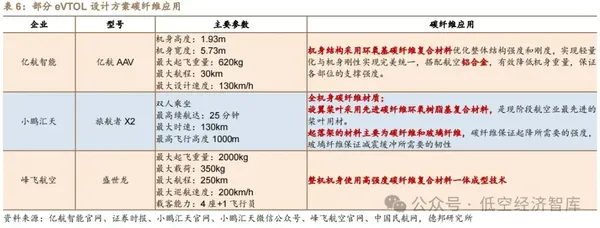
It is expected that by 2030, the global order volume for eVTOLs will reach 8,000 units, including approximately 1,700 business electric aircraft, with the remaining 6,300 units being eVTOLs. The fuselage structure of eVTOLs largely uses carbon fiber composites, with a single eVTOL requiring between 100-400 kg of carbon fiber, which is expected to drive a demand in the thousand-ton range. The usage of this material accounts for over 70% of the fuselage's weight, with more than 90% of the composite materials being carbon fiber. Based on a ratio of 7:3 for carbon fiber to resin, the demand for carbon fiber per eVTOL is estimated to be around 97-363 kg. Therefore, with the rapid development of the eVTOL industry, it is expected to bring an incremental demand of 600-2,300 tons for carbon fiber.
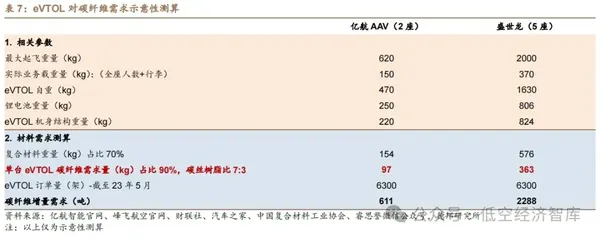
= Fiber Glass Composite Material =
Glass fiber-reinforced plastic (GFRP) plays a crucial role in the manufacturing of low-altitude aircraft such as drones due to its characteristics of corrosion resistance, tolerance to high and low temperatures, radiation resistance, flame retardancy, and aging resistance. The application of this material helps reduce the weight of aircraft, increase payload capacity, save energy, and achieve aesthetically pleasing designs. Therefore, GFRP has become one of the key materials in the low-altitude economy.
In the production of low-altitude aircraft, fiberglass cloth is widely used in the manufacturing of key structural components such as the fuselage, wings, and tail. Its lightweight properties help improve the cruise efficiency of the aircraft, while also providing greater structural strength and stability.
For components requiring excellent wave-transparent performance, such as radomes and fairings, glass fiber composite materials are typically used. For instance, in high-altitude long-endurance UAVs and the U.S. Air Force's RQ-4 Global Hawk UAV, carbon fiber composites are used for the wings, tail, engine nacelles, and rear fuselage, while glass fiber composites are selected for the radomes and fairings to ensure clear signal transmission.
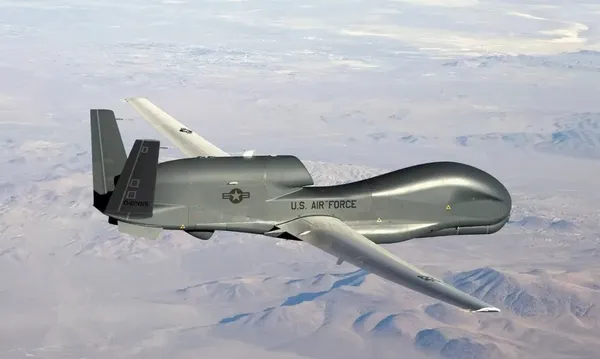
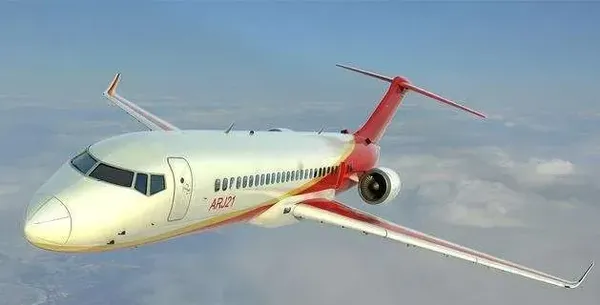
The ARJ21 regional jet produced by COMAC utilizes approximately 2% composite materials, including carbon fiber/epoxy composites in the rudder and winglets, as well as glass fiber/epoxy composites in the wing-body fairings and nose radome. In the aerospace field, the application of fiberglass is not limited to enhancing structural performance; it also plays a significant role in the aircraft's exterior design.
For example, fiberglass cloth can be used to manufacture aircraft fairings and windows, which not only enhances the aesthetic appeal of the aircraft but also improves passenger comfort. Similarly, in satellite design, fiberglass cloth can be used to construct the outer surface structures of solar panels and antennas, thereby enhancing both the appearance and functional reliability of the satellite.
Aramid fiber composite
The aramid paper honeycomb core material, designed with a hexagonal structure inspired by natural honeycomb, is highly regarded for its exceptional specific strength, specific stiffness, and structural stability. Additionally, this material boasts excellent sound insulation, thermal insulation, and flame-retardant properties. It produces very low smoke and toxicity during combustion, making it a preferred choice for high-end applications in aerospace and high-speed transportation vehicles.
Despite the high cost of aramid paper honeycomb core materials, they are often chosen as key lightweight materials for high-end equipment such as aircraft, missiles, and satellites, especially in the manufacture of components requiring wide-band transmission performance and large rigid secondary load-bearing structures.
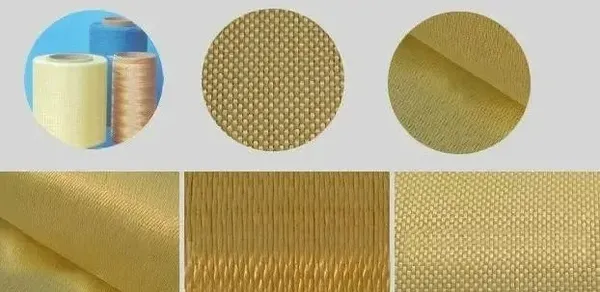
Lightweighting Effectiveness
Aromatic paper, as a key structural material for the airframe, plays a crucial role in eVTOLs, which are major aircraft in the low-altitude economy, especially when used as a core layer in carbon fiber honeycomb structures. This technology has been widely adopted by leading global eVTOL manufacturers such as Joby, Archer, EHang, and Pingtai.
In the field of drones, the application of Nomex honeycomb material (aramid paper) is also extensive, being used in parts such as the fuselage shell, wing skin, and leading edges. For instance, the prototype of the French-made Orcado multi-purpose drone, the Cheetah 2, adopts a design using composite materials of glass fiber/carbon fiber/aramid fiber.
The drone landing gear and tubular structural components displayed by Taihe New Materials at the Shanghai Composites Exhibition are made of aramid fiber composites. These parts are manufactured using the filament winding process with aramid prepregs and are primarily used in low-altitude aircraft, featuring lightweight and high-toughness characteristics.
Protective performance
Aramid fiber's application in the protective components and bulletproof armor of drones has significantly enhanced the survivability of drones in harsh environments and safeguarded critical components from damage.
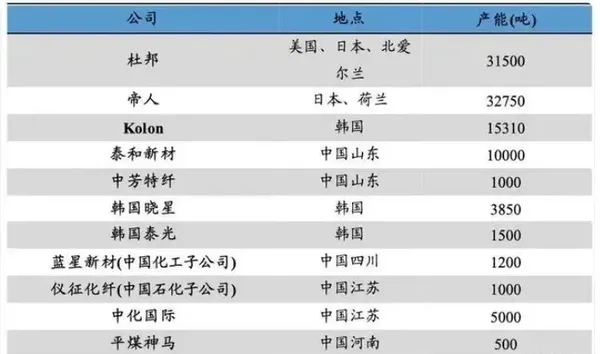
Low-altitude aircraft, such as drones, widely utilize sandwich structure materials like honeycomb, adhesive films, foam plastics, and foam adhesives in their manufacturing process, in addition to reinforcement materials such as carbon fiber, glass fiber, and aramid fiber.
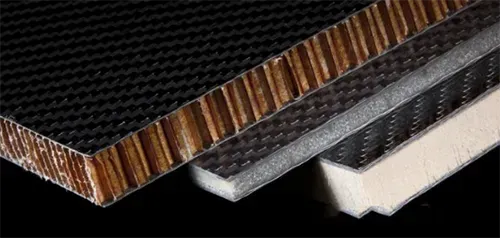
Commonly used sandwich core materials include honeycomb cores (such as paper honeycomb, Nomex honeycomb, etc.), wooden cores (such as birch, paulownia, pine, and basswood), and foam plastic cores (such as polyurethane, polyvinyl chloride, and polystyrene foam plastics).
The foam sandwich structure, due to its water-resistant, buoyant properties, as well as its工艺优势 in being able to fill the hollow spaces within the wings and tail sections of drones整体, has been widely adopted in the structural design of unmanned aerial vehicles. Note: There seems to be a partial sentence in Chinese characters (工艺优势 in being able to fill the hollow spaces within the wings and tail sections of drones整体) that does not fully translate into coherent English. The provided translation focuses on conveying the meaning of the surrounding content.
Taking the X-45A unmanned combat aircraft developed by Boeing in the United States as an example, its fuselage uses low-temperature cured prepreg, while the wings employ foam resin core (FMC) technology, significantly reducing manufacturing costs by half compared to traditional methods.
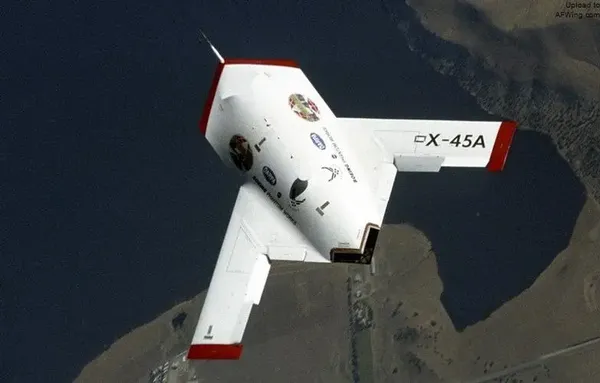
When designing low-speed drones, components with low strength requirements, regular shapes, large curved surfaces, and easy layup—such as horizontal stabilizers, vertical stabilizers, and wing stabilizers—typically use honeycomb sandwich structures. For more complex-shaped components with small curved surfaces, like elevator control surfaces, rudder control surfaces, and aileron control surfaces, foam sandwich structures are often preferred. For sandwich structures requiring higher strength, wooden sandwich materials may be chosen. Meanwhile, components that demand both high strength and high stiffness, such as fuselage skins, T-beams, and L-beams, usually employ laminated plate structures. The manufacturing of these components involves preforming and selecting appropriate reinforcing fibers, matrix materials, fiber content, and laminate designs based on requirements for in-plane stiffness, bending strength, torsional stiffness, and strength. Additionally, different ply angles, layer counts, stacking sequences, and curing processes with varying heating temperatures and pressure levels are applied.
【Copyright and Disclaimer】The above information is collected and organized by PlastMatch. The copyright belongs to the original author. This article is reprinted for the purpose of providing more information, and it does not imply that PlastMatch endorses the views expressed in the article or guarantees its accuracy. If there are any errors in the source attribution or if your legitimate rights have been infringed, please contact us, and we will promptly correct or remove the content. If other media, websites, or individuals use the aforementioned content, they must clearly indicate the original source and origin of the work and assume legal responsibility on their own.
Most Popular
-

List Released! Mexico Announces 50% Tariff On 1,371 China Product Categories
-

EU Changes ELV Regulation Again: Recycled Plastic Content Dispute and Exclusion of Bio-Based Plastics
-

[PET Weekly Outlook] Polyester Bottle Chips Expected to Oscillate and Warm Up with Costs Today
-

Case Study | Clariant AddWorks™ Additives Solve Plastic Yellowing Problem
-

EVA Morning Prices on September 12: Most of the Market Holds Steady, Highest Rise of 50 Yuan






